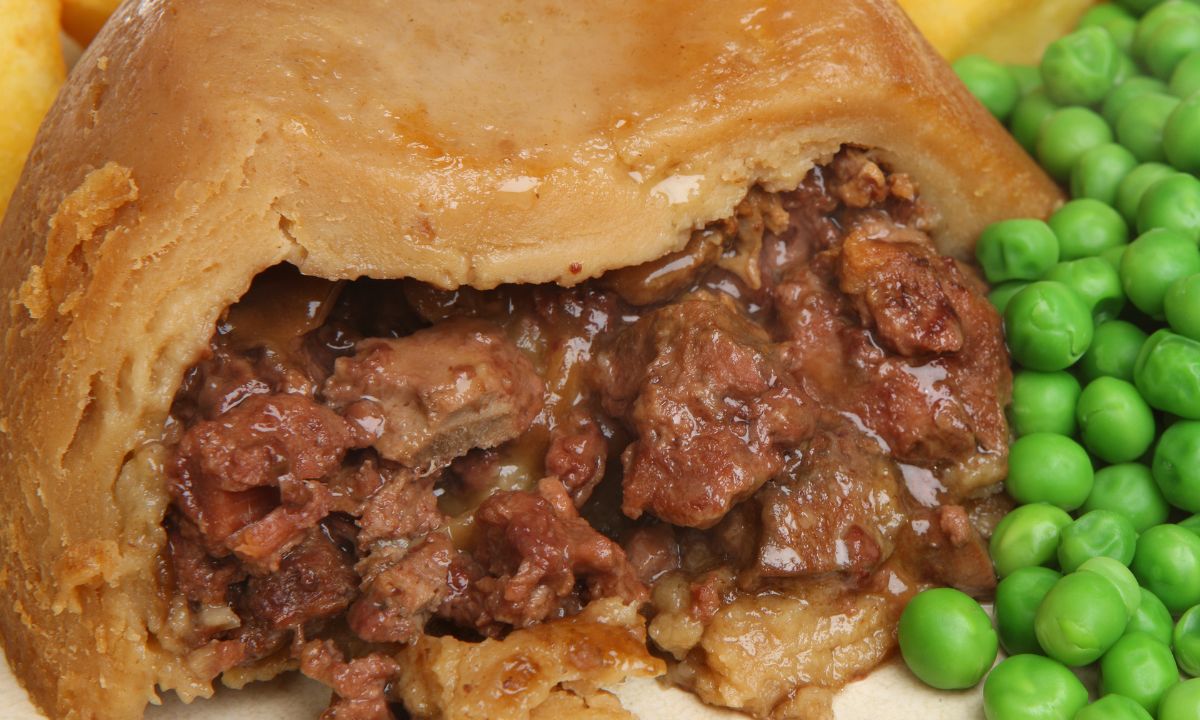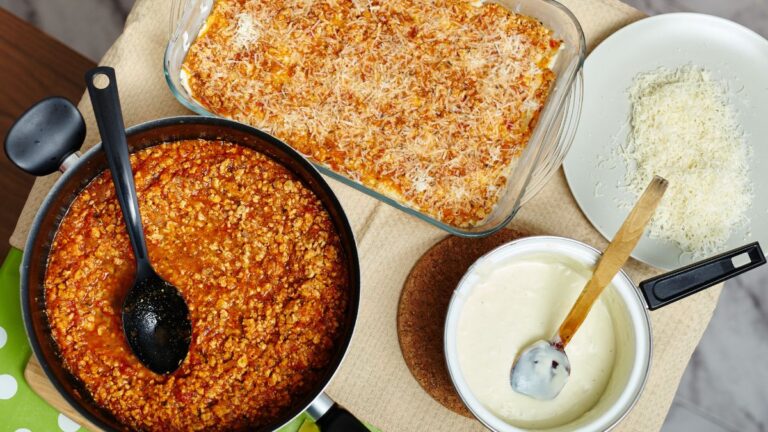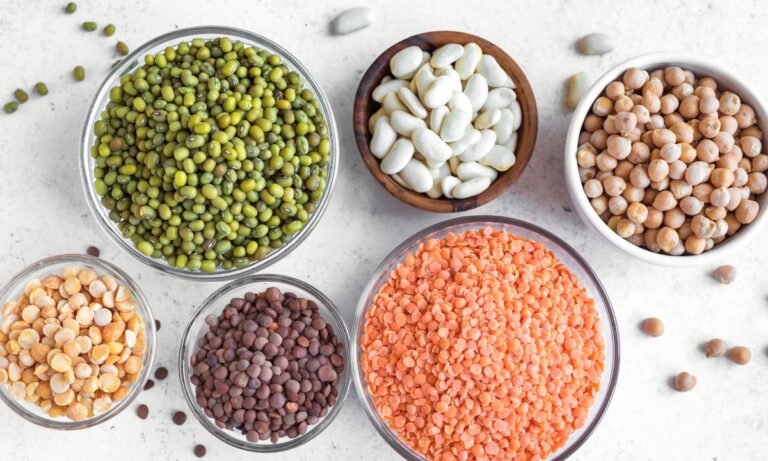Steak and Kidney Pudding: A Classic British Dish
Introduction
Steak and kidney pudding is a traditional British dish that has been enjoyed for centuries. It combines tender steak and kidney pieces with a rich, flavorful gravy, all encased in a suet crust pastry. This article will explore the history, ingredients, preparation methods, and variations of this classic dish, all while providing helpful tips and tricks for making the perfect steak and kidney pudding.
History of Steak and Kidney Pudding
Origins
Steak and kidney pudding has its roots in medieval England, where it was originally made as a way to use up leftover meat and offal. The dish evolved over time and became particularly popular during the Victorian era, when it was considered a hearty, satisfying meal for the working class.
Popularity in British Cuisine
Throughout the years, the dish has remained a staple in British cuisine, particularly in the colder months when comfort food is most appreciated. Today, it is enjoyed not only in the UK but also in other countries with a British culinary influence, such as Australia and New Zealand.
Ingredients
Steak and Kidney
The main ingredients in steak and kidney pudding are, as the name suggests, steak and kidney. Typically, beef or lamb kidney is used, while the steak can be any tender cut of beef, such as chuck or sirloin.
Suet Crust Pastry
The pastry is made with suet, a type of fat found around the kidneys and loins of animals. Suet crust pastry is unique in its ability to remain light and flaky while holding its shape during the long cooking process.
Seasonings and Aromatics
Common seasonings and aromatics used in steak and kidney pudding include salt, pepper, Worcestershire sauce, and thyme. Additional ingredients like onions, carrots, and mushrooms can also be included for added flavor and texture.
Preparing the Steak and Kidney Filling
Selecting the Meat
When preparing the filling for steak and kidney pudding, it’s essential to choose high-quality meat. The steak should be lean, while the kidney should be fresh and free of any strong odors.
Marinating the Meat
Marinating the steak and kidney pieces overnight in a flavorful mixture of Worcestershire sauce, thyme, salt, and pepper will help to tenderize the meat and infuse it with rich flavors. This step is optional, but it can greatly enhance the overall taste of the dish.
Cooking the Filling
Before assembling the pudding, the steak and kidney pieces should be browned in a hot pan with a small amount of oil. This process helps to develop a deep, savory flavor and seals in the juices. Once browned, the meat can be combined with the seasonings, aromatics, and a bit of flour to create a thick, rich gravy.
Making the Suet Crust Pastry
Ingredients
To make the suet crust pastry, you’ll need the following ingredients:
- Suet (shredded or grated)
- All-purpose flour
- Baking powder
- Salt
- Cold water
Preparation
To prepare the pastry, combine the suet, flour, baking powder, and salt in a mixing bowl. Gradually add cold water, mixing until a soft, pliable dough forms. The dough should be easy to handle and not too sticky.
Assembling the Pudding
Greasing the Pudding Basin
Before assembling the pudding, it’s crucial to thoroughly grease the pudding basin to prevent the pastry from sticking during the cooking process. You can use butter or a non-stick cooking spray for this purpose.
Layering the Pastry and Filling
Roll out approximately two-thirds of the suet crust pastry and use it to line the greased pudding basin, ensuring that the pastry evenly covers the base and sides. Fill the pastry-lined basin with the cooked steak and kidney filling, making sure to leave a small gap at the top for the pastry lid.
Sealing the Pudding
Roll out the remaining pastry to form a lid for the pudding. Moisten the edges of the pastry lining the basin, then place the pastry lid on top and press down gently to seal the pudding. Finally, cover the basin with a layer of pleated parchment paper and aluminum foil, securing it with string or a rubber band.
Cooking Methods
Steaming
The traditional method of cooking steak and kidney pudding is by steaming it for several hours. Place the pudding basin in a large pot or steamer with enough boiling water to reach halfway up the sides of the basin. Steam the pudding for 3 to 4 hours, checking the water level occasionally and topping it up as needed.
Pressure Cooking
A quicker alternative to steaming is using a pressure cooker. Place the pudding basin on a trivet inside the pressure cooker and add enough water to reach halfway up the sides of the basin. Seal the pressure cooker and cook for approximately 1.5 hours, following the manufacturer’s guidelines for your specific cooker.
Baking
While not traditional, baking the pudding is another option. Preheat your oven to 350°F (180°C) and place the covered pudding basin in a roasting pan. Fill the pan with hot water until it reaches halfway up the sides of the basin, then bake for 2 to 3 hours, or until the pastry is cooked through and golden.
Serving Suggestions
Steak and kidney pudding is best served hot, straight from the basin. Carefully remove the parchment paper and foil, then invert the pudding onto a serving plate. Serve with your choice of sides, such as mashed potatoes, green peas, or steamed vegetables, and enjoy!
Variations
Alternative Fillings
While steak and kidney is the traditional filling, you can experiment with other meats, such as pork or venison, for a unique twist on the classic dish.
Vegetarian Options
For a vegetarian version, substitute the steak and kidney with a mixture of hearty vegetables and mushrooms, and use vegetable suet or a vegetarian suet alternative for the pastry.
Conclusion
Steak and kidney pudding is a delicious, comforting dish that has stood the test of time. With its rich flavors and tender, flaky pastry, it’s no wonder that it remains a favorite in British cuisine. By following the tips and techniques outlined in this article, you can create your own mouthwatering steak and kidney pudding to share with family and friends.
FAQs
- What type of meat can I use for steak and kidney pudding?
Traditionally, a tender cut of beef, such as chuck or sirloin, is used for the steak. For the kidney, you can use beef or lamb kidney, depending on your preference.
- Can I make steak and kidney pudding ahead of time?
Yes, you can prepare the pudding up to a day ahead and store it in the refrigerator before cooking. You can also freeze the assembled, uncooked pudding for up to a month. When ready to cook, simply steam or pressure cook the pudding as instructed, adding extra time to account for the chilled or frozen state.
- Can I reheat steak and kidney pudding?
Yes, you can reheat leftover steak and kidney pudding by steaming it for an additional hour, or by microwaving individual portions on a medium power setting until heated through.
- Is there a gluten-free option for steak and kidney pudding?
To make a gluten-free version of steak and kidney pudding, substitute the all-purpose flour in the suet crust pastry with a gluten-free flour blend, and ensure that any other ingredients used, such as Worcestershire sauce, are gluten-free as well.
- How do I know when my steak and kidney pudding is done cooking?
Your steak and kidney pudding is done when the pastry is cooked through, golden in color, and firm to the touch. When using a steaming or pressure cooking method, the cooking times provided in this article should yield a fully cooked pudding. However, it’s important to check the doneness of the pastry before serving, as cooking times may vary depending on the size of your pudding basin and other factors.







